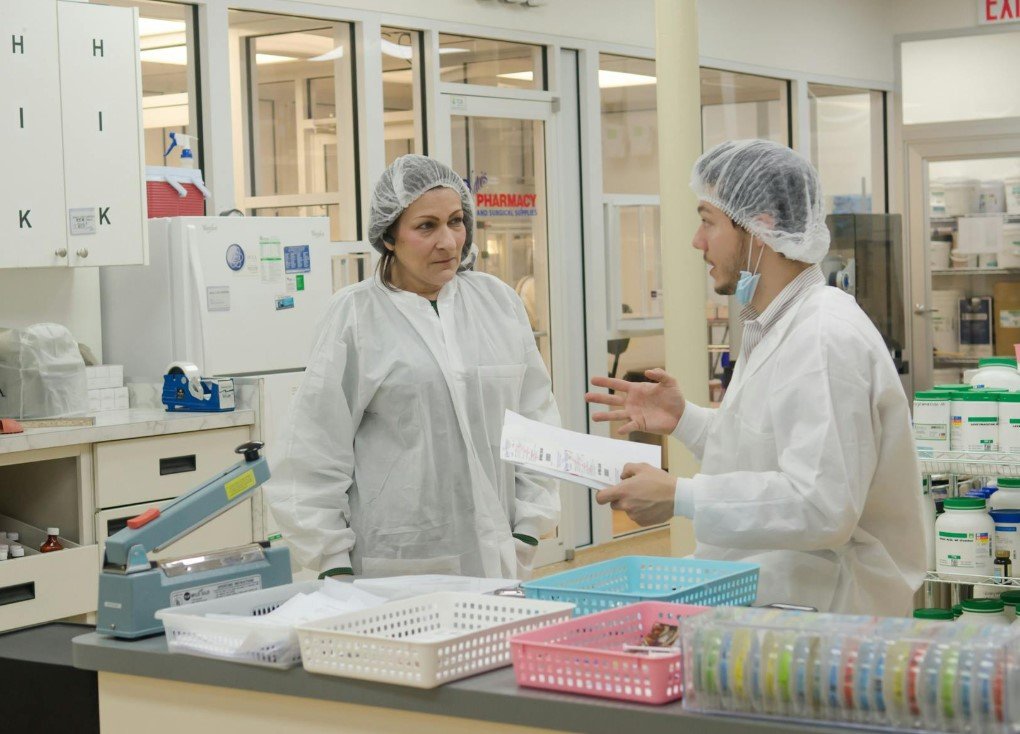Biophotonics, the science of using light to study biological materials, is transforming the fields of health and science. By harnessing the power of light, researchers and healthcare professionals are making groundbreaking advancements in medical imaging, diagnostics, and therapies. This article explores the various ways biophotonics is revolutionizing these fields, providing new insights and improving the quality of medical care.

Advancements in Medical Imaging
Biophotonics has significantly enhanced medical imaging techniques. Optical coherence tomography (OCT) is one such technique that provides high-resolution cross-sectional images of biological tissues. This non-invasive method is particularly useful in ophthalmology for diagnosing and monitoring eye diseases. Fluorescence microscopy, another biophotonic technique, uses fluorescent dyes to highlight specific cell structures, allowing researchers to observe cellular processes in real-time.
In addition to these techniques, biophotonics has introduced new imaging modalities like photoacoustic imaging. This method combines laser-induced ultrasound with optical imaging to provide detailed images of tissues, offering deeper penetration and higher resolution than traditional imaging methods. These advancements are crucial for early disease detection and precise treatment planning.
Innovations in Diagnostics
Biophotonics has also revolutionized diagnostic tools. Light-based biosensors are now capable of detecting minute amounts of biomarkers in biological samples with high sensitivity and specificity. These sensors can identify the presence of diseases at much earlier stages than conventional methods, enabling timely intervention and better patient outcomes.
Surface plasmon resonance (SPR) is another biophotonic technique used in diagnostics. SPR-based biosensors can monitor molecular interactions in real-time, providing valuable information about disease mechanisms and potential therapeutic targets. This technology is particularly useful in cancer research, where understanding the interactions between cancer cells and their environment is critical for developing effective treatments.
Therapeutic Applications
The therapeutic applications of biophotonics are equally impressive. Photodynamic therapy (PDT) is a technique that uses photosensitive drugs activated by specific wavelengths of light to selectively destroy cancer cells. This targeted approach minimizes damage to surrounding healthy tissues, reducing side effects compared to traditional cancer treatments.
Laser-based therapies are also being developed for tissue repair and minimally invasive surgeries. These therapies offer greater precision and effectiveness, improving patient recovery times and outcomes. Additionally, biophotonics is being used in regenerative medicine to stimulate tissue growth and repair, opening new possibilities for treating a range of medical conditions.
















